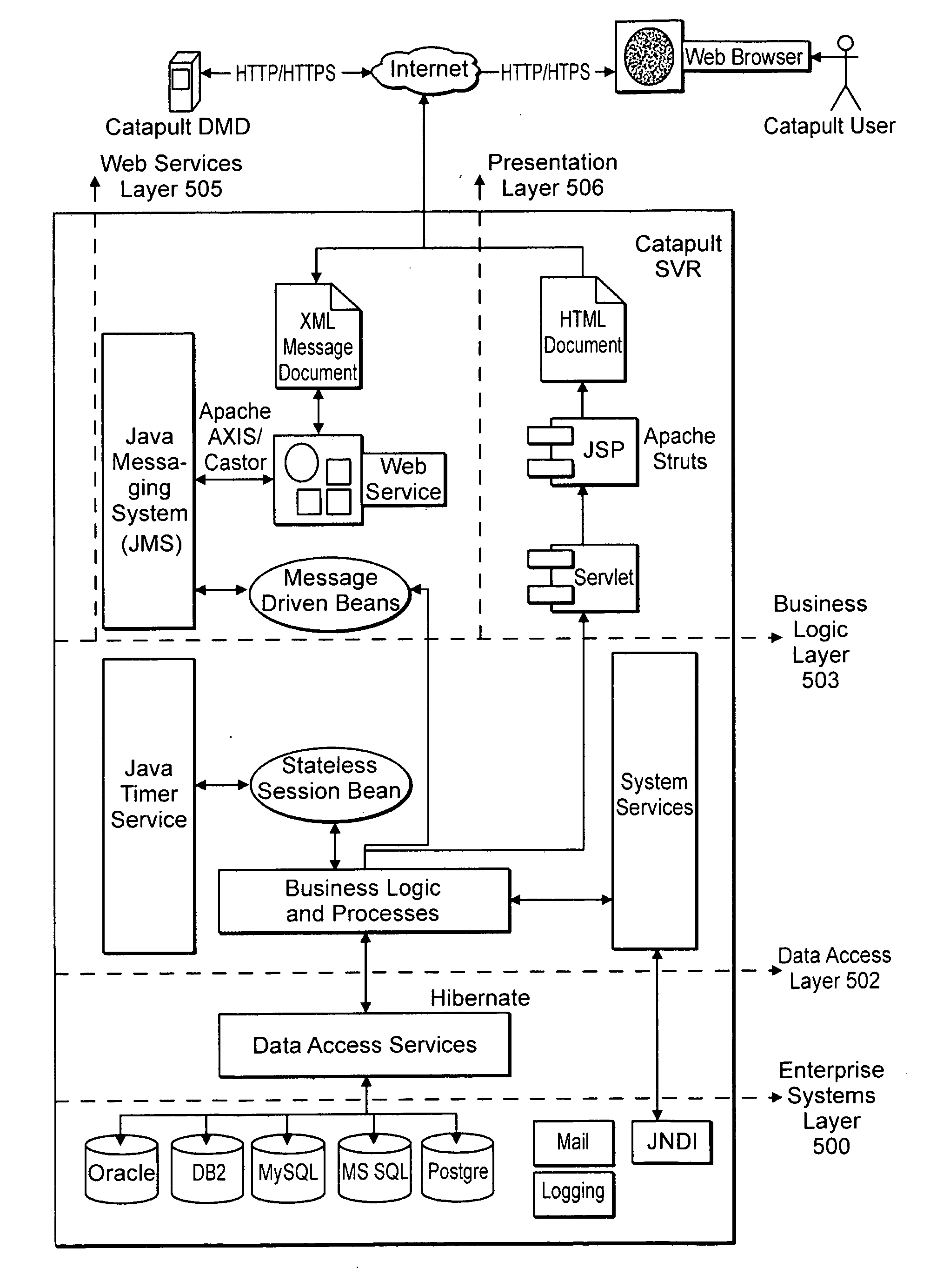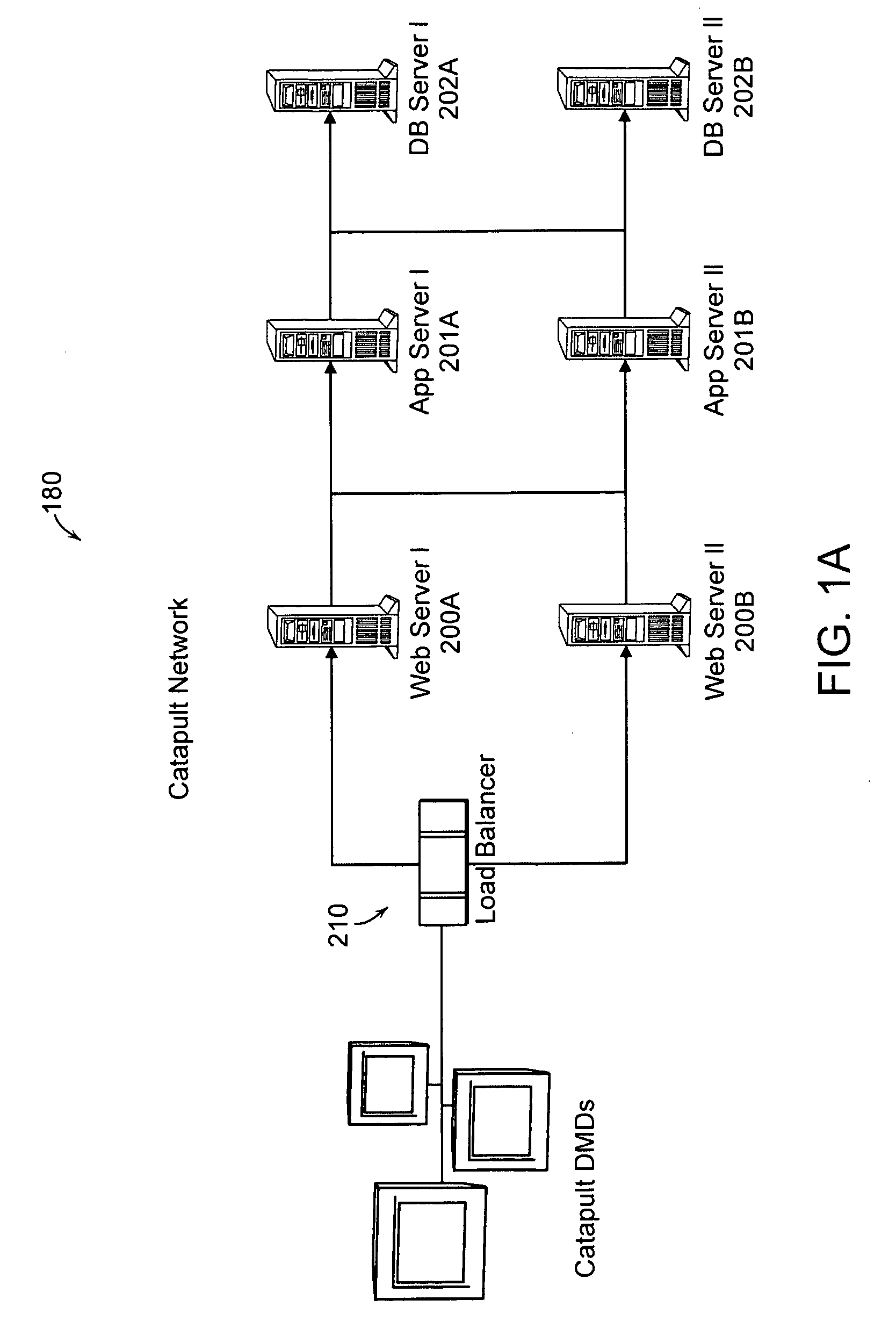Apparatus and method for managing a network of intelligent devices
a network and intelligent device technology, applied in the direction of digital data authentication, instruments, digital computers, etc., can solve the problems of prior art systems not supporting adaptive process automation and three-layer architecture that does not provide reusability to different device types, and achieves high availability and avoids communication problems
- Summary
- Abstract
- Description
- Claims
- Application Information
AI Technical Summary
Benefits of technology
Problems solved by technology
Method used
Image
Examples
Embodiment Construction
[0056] Definitions. As used in this description and the accompanying claims, the following terms shall have the meanings indicated, unless the context otherwise requires: The term “Hypertext Transfer Protocol” (“HTTP”) shall refer to an application level protocol that provides a set of rules for exchanges between a browser and a server. It provides for the transfer of information such as hypertext and hypermedia, and for the recognition of file types. The HTTP protocol is at a higher level than the transfer layer protocol such as TCP / IP. HTTP provides stateless transactions between client and server. The term “Simple Object Access Protocol” (“SOAP”) shall refer to a protocol for exchange of information in a decentralized, distributed environment. It is an XML based protocol that consists of three parts: 1. an envelope that defines a framework for describing what is in a message and how to process it, 2. a set of encoding rules for expressing instances of application-defined data typ...
PUM
 Login to View More
Login to View More Abstract
Description
Claims
Application Information
 Login to View More
Login to View More - R&D
- Intellectual Property
- Life Sciences
- Materials
- Tech Scout
- Unparalleled Data Quality
- Higher Quality Content
- 60% Fewer Hallucinations
Browse by: Latest US Patents, China's latest patents, Technical Efficacy Thesaurus, Application Domain, Technology Topic, Popular Technical Reports.
© 2025 PatSnap. All rights reserved.Legal|Privacy policy|Modern Slavery Act Transparency Statement|Sitemap|About US| Contact US: help@patsnap.com



